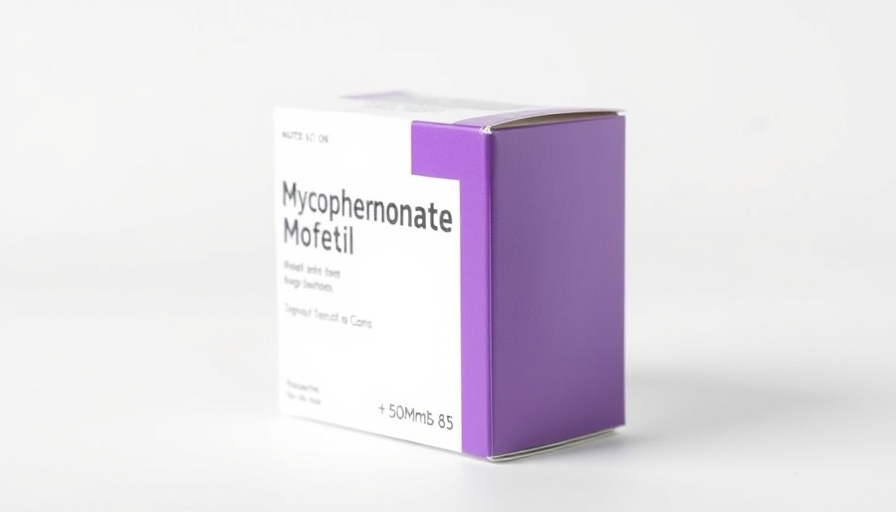
9 Unique Housewarming Gifts for Young Adults
Buying a first home is a momentous occasion, especially for young adults who are navigating this milestone on their own. The thrill of opening a door to a new beginning often comes with the warmth of friends and family—ready to help them celebrate with housewarming gatherings. Whether they opt for a large party or a cozy get-together, presenting the right housewarming gift can add an extra layer of joy. Here's a curated list of nine thoughtful gifts that will surely make their home feel even more welcoming.
1. Welcome Mat: The First Step Home
Over 20% of home buyers are first-timers who might not yet realize the importance of a welcome mat. This often overlooked item not only adds charm to the entrance but also plays a functional role in maintaining the cleanliness of their new abode. Personalizing the mat with their last name or an image of their pet can create a sentimental touch that makes the home feel uniquely theirs.
2. Pantry Essentials: The Gift of Convenience
New homeowners often delay their grocery shopping until they've settled in. Why not lend a helping hand with a basket filled with pantry essentials? Include basics like paper towels, snacks, and cleaning supplies that they can readily use. Such items may save them a trip to the store, allowing them to truly savor those first few days in their new space.
3. Plants or Flowers: Bringing Nature Indoors
A bouquet can brighten a room, but why not consider gifting a potted plant instead? A lively plant can contribute to the air quality and longevity of their home’s decor. For culinary enthusiasts, a collection of herbs in decorative pots can double as both a gift and a practical addition to their kitchen.
4. Upgraded Basics: Making Everyday Items Special
Elevate the ordinary with items they might need but wouldn't typically splurge on. Think about gifting a high-quality bottle of olive oil or a sleek cast iron pan. These elevated basics offer daily use while enhancing their cooking experience, making them feel special without breaking the bank.
5. Furniture: A Foundation for Lasting Memories
If you're feeling generous, consider purchasing a unique piece of furniture. Whether it’s a standout armchair or a chic side table, a thoughtful furniture gift can anchor their living space and serve as a lasting reminder of friendship as they make new memories together.
6. Kitchen Gadgets: Tools for Culinary Enthusiasts
For the budding chef, consider giving high-tech kitchen gadgets or practical tools that can make meal preparation more enjoyable. Items like a multi-cooker or an array of baking pans can inspire culinary creativity, offering endless possibilities in their new kitchen.
7. Customized Home Decor: A Personal Touch
Custom home decor, such as personalized wall art or unique photo frames, can help young adults personalize their spaces. Gifts that reflect their personality or interests can create a sense of belonging, allowing them to express their style as they settle in.
8. Subscription Boxes: A Gift That Keeps on Giving
For a gift that extends beyond the housewarming party, consider a subscription box tailored to their interests. From gourmet snacks to home goods, a monthly surprise can add excitement and introduce them to new products that enhance their living experience.
9. Gift Vouchers: Freedom of Choice
If you're unsure about what they may need, giving a gift voucher to a home goods store can empower them to purchase what suits their vision. It shows that you respect their taste and choices, ensuring they get exactly what their new home requires.
Choosing the right housewarming gift can not only uplift the spirit of a new homeowner but also build connections. Embrace this opportunity to celebrate their new journey and help them transform a house into a home filled with cherished memories.
 Add Row
Add Row  Add
Add 




Write A Comment